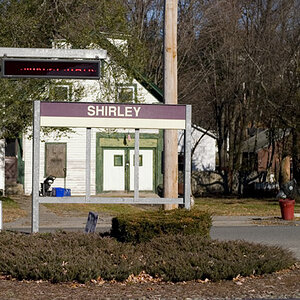Kristie
TPF Noob!
- Joined
- Aug 15, 2006
- Messages
- 84
- Reaction score
- 0
- Location
- B.C. Canada
- Can others edit my Photos
- Photos OK to edit
untouched to me is a photo that's come straight from the camera (digital or film) onto paper. One that hasn't been manipulated in anyway on photoshop or other programs. Raw and unedited.Where do you draw the line with "untouched"?
Dont get me wrong, I think those programs are wonderful and do amazing things for most photos, but I still think some of the best are completely untouched.


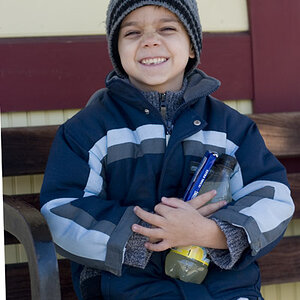
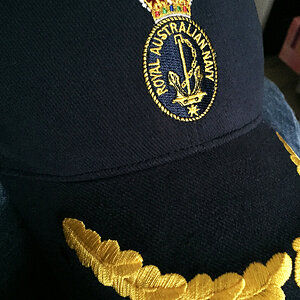
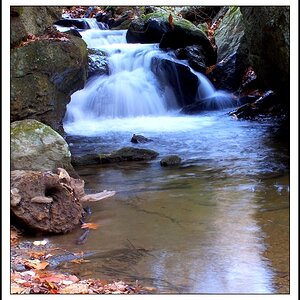
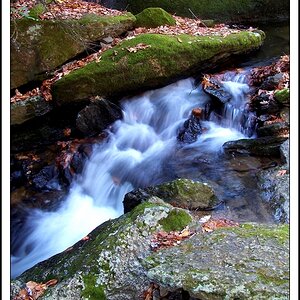

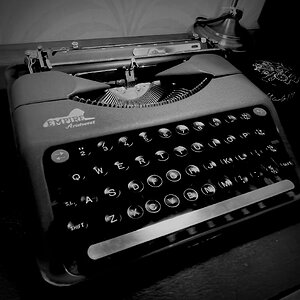
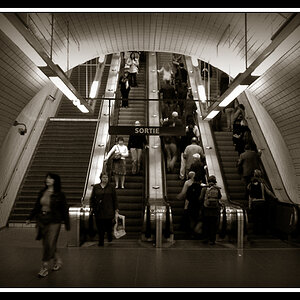
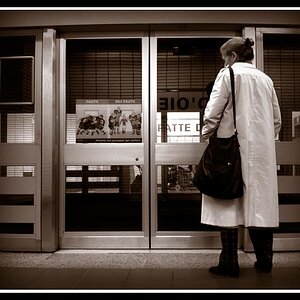
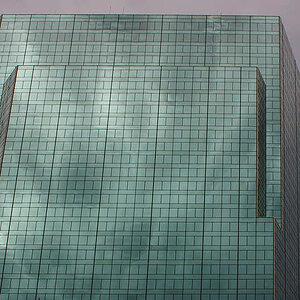
![[No title]](/data/xfmg/thumbnail/41/41889-81d59d4994c91e71aaf805b05b133966.jpg?1619739933)
